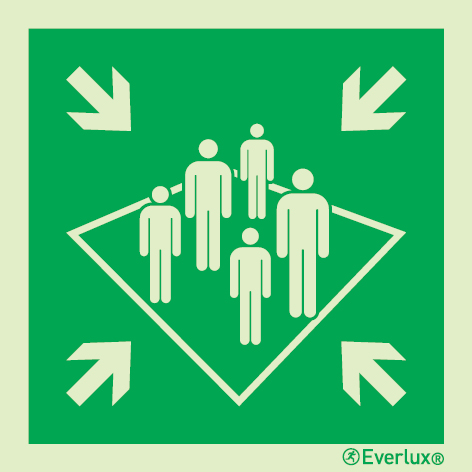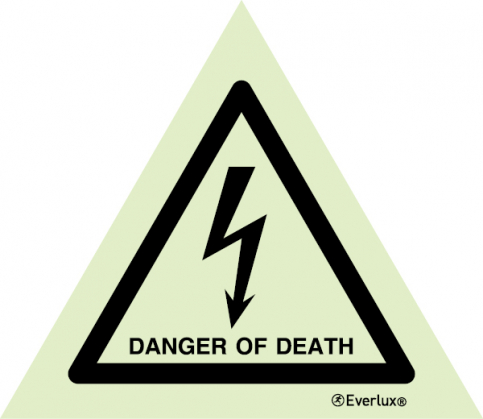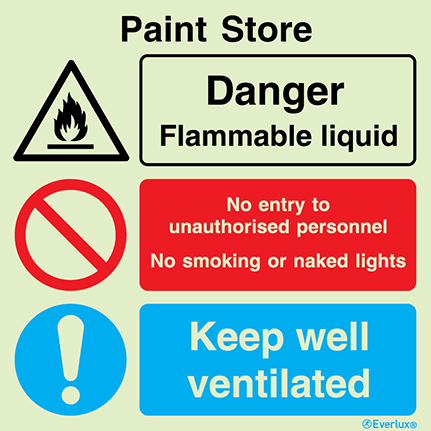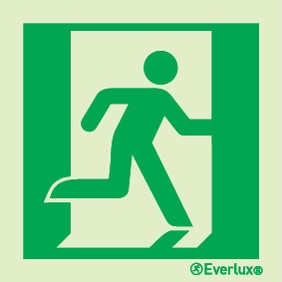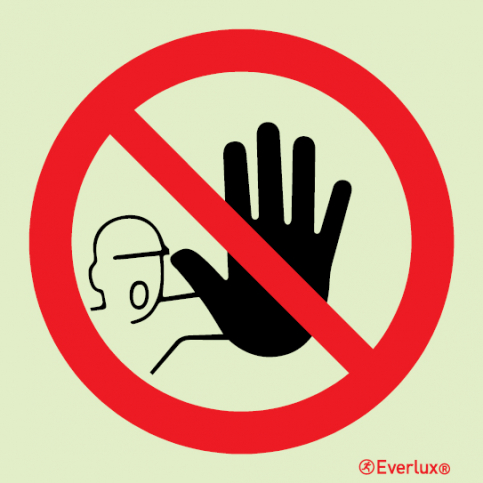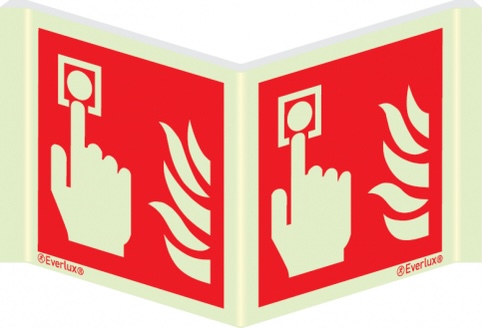Harnessing photoluminescent magic: Low-Level Lighting for hallways and escape routes
Low-level lightning, a clever application of photoluminescent properties, has become a transformative way to enhance safety in hallways and guide individuals along escape routes.
The Magic of Photoluminescence
At the heart of low-level lighting lies photoluminescence, a phenomenon where materials absorb light energy and then emit it slowly over time. This captivating property allows certain materials to glow in the dark after being exposed to light sources. Common photoluminescent materials include phosphorescent pigments and coatings.
Low-Level Lighting: A Practical Application
In the context of safety and wayfinding, low-level lighting leverages photoluminescent materials to create gentle, persistent illumination close to the ground or along pathways. This innovation stands in stark contrast to traditional overhead lighting, offering several key advantages:
Enhanced Safety: Low-level lighting acts as a constant guide, illuminating hallways and escape routes without the harsh glare associated with traditional lighting. This soft, non-intrusive glow helps individuals safely navigate spaces during emergencies, particularly when power sources are compromised.
Calming Effect: During high-stress evacuations or emergency situations, traditional lighting can exacerbate panic by casting sharp shadows. Low-level lighting, with its soothing, consistent radiance, fosters a sense of calm and organization among evacuees.
Accessibility: Photoluminescent low-level lighting proves especially beneficial for individuals with visual impairments or mobility limitations. It provides clear, easily discernible pathways, ensuring everyone can move safely and independently.
Safety: Low Level Lightning is extremely useful in case of emergency. During an emergency, power can be cut off. Low Level Lightning is not affected by this, due to its photoluminescent properties.
Applications Beyond Hallways
While most recognized for its role in hallways and escape routes, photoluminescent low-level lighting finds utility in diverse settings:
Staircases: Illuminating staircases with photoluminescent materials enhances safety by preventing accidents, especially in low-light conditions.
Theatrical Spaces: In theaters and cinemas, photoluminescent lighting along aisles and steps permits unobtrusive movement during performances.
Hospitality: Hotels often use photoluminescent low-level lighting in corridors to create a welcoming ambiance and help guests find their way without harsh, sleep-disrupting illumination.
Efficiency
Beyond its safety merits, photoluminescent low-level lighting is renowned for its energy efficiency. It consumes no electricity compared to traditional lighting, aligning with sustainability goals.
In conclusion, photoluminescent low-level lighting stands as a beacon of safety in hallways and escape routes. Its gentle, persistent glow, harnessed through clever material's science, ensures safe passage during emergencies while contributing to energy savings and the ambiance of modern spaces.


